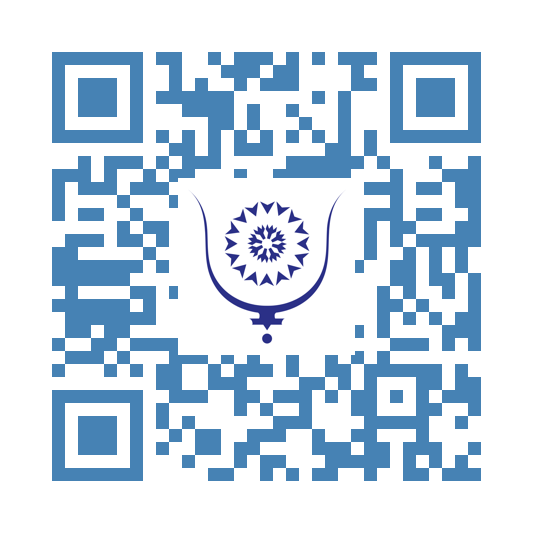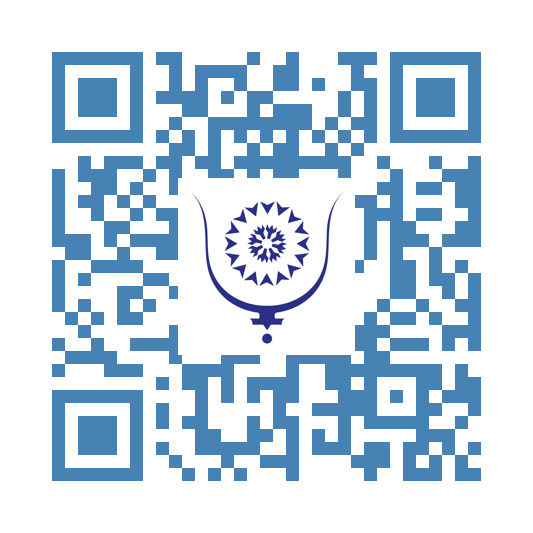God certainly forgives lying for a good cause. Part 2 2653
God certainly forgives lying for a good cause.
Hazard doing things well, sometimes, this period coincided exactly with the end that he had decided for his long and trying career. He had thought about it for a long time and had resigned himself to a break that he intended to be definitive. This made him available to stand by the mother he loved so much. He thus spent most of his time at her bedside, as did his sisters who were present at the family home permanently to take care of the one who had made eight litters, appreciated academics, citizens devoted to their country. It couldn't be otherwise. The example was a mother who had attended the first classes of the modern school in Fez and a father who was more than devoted to his profession.
The frequent trips to the clinic for check-ups or perhaps to leave some amount of money there again and again, were for the mother synonymous with hope and for them with repeated ordeal; renewed moments of confirmation of despair; Things were getting worse every day, exponentially...
He wondered all the time if this medical relentlessness was wise or if he was just speeding things up. He will never have an answer to his questions. At every moment he wished for good not to relive this decline, if he himself were to be affected one day.
Suspecting something, one day the mother asked sister Tania to explain to her why he was still there and why he no longer worked. She wanted to know if it had any relation to her health. He then felt that perhaps he should disappear for a few days. Just to reassure the poor mother, even paler, even more frail.
He then decided to travel to Brazzaville where for several years already, he had been organizing, on behalf of the Town Hall, at the time one of the best sports festivals on the continent. For this reason, Congolese President Sassou Nguessou made him an Officer of the National Order. A decoration which tickled his pride and which he often talks about.
He was convinced that such a trip for few days would reassure the mother about her state of health and reassure her. He read that in her eyes and heard it in the tone of her hesitant voice when he told her that he was going to the Congo for work.
Two days later he arrived in Brazzaville around 2 a.m.…
Barely in his room with his suitcase still unpacked, he receives a call from his sister Tania, overcome by an astonishing panic: “She died”, he asked without even thinking?
Tania reassures him that no, but that the poor mother had fallen into a deep coma.
The Casablanca-Brazzaville and return connection was daily. So, he only had to wait until the next night to return. He took the trouble to apologize to thz host Mayor Alfonse L, then director of the festival, and set off on his way back.
He reached his mother's bedside in an irreversible sleep on March 14. In the evening around 8 or 9 p.m., while he was holding her hand, his brother M was reciting Surah Yacine to him out loud, and all his children: J, A, El, F his wife, were around the medical bed where the mother had spent a few weeks, in the room that had been specially designed for her; she gave up the ghost. One last deep breath, one last long and soft sigh which spoke volumes about the suffering endured for months. His right hand, which he was holding tenderly, relaxed and began to cool.
The dad who was there of course, couldn't believe it. While he announced to everyone that she was gone, the father shouted at him that no and that he just had to resuscitate her, addressing with authority his son M, a doctor of proven competence.
It took a few long minutes for the dad to come to his senses and accept that he had just lost his soul mate at that precise moment. The one who brilliantly gave him 8 children and educated them all in the best possible way.
This is how the late mother left, 17 years ago to the day.
The same day his younger sister S gave birth to Z who today we call the bogoss at the age of 17.
Like life goes on.
The day after the death, while her sister S was returning home with her baby in hand, the others were preparing to put the inert body of the mother in the ground, peacefully lying there, meticulously washed and wrapped in the traditional white shroud. Before she was completely enclosed in this sheet; they had all leaned over to place a last kiss on the deceased's face but do she felt it, do she felt such pain that tore their insides.
Sadness, pain, support from close friends, solidarity from the extended family, incense and the Koran, a few cries, intertwined in an unforgettable moment, with indelible traces.
Every year on the eve of this sad anniversary, his daughter calls him to support him because she knows the pain that the mother's disappearance had instilled in him. She then asks him to make an offering in her name. A symbolic sum that he gives to the first needy person who crosses his path that day.
Her daughter and her grandmother were very close.
She often tells him: “It was Lalla who taught us to be the men and women we are today, each of us bears the trace of her example and her teaching. »



